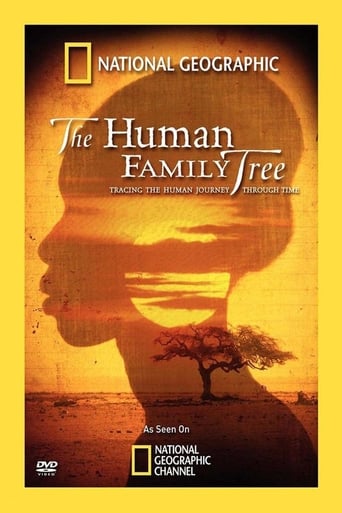
Dr Spencer Wells retraces the footsteps of 200 random New Yorkers and proves they are all cousins. On the most diverse street in the most diverse city in the most diverse country in the world, a team of National Geographic scientists swab the cheeks of some 200 random New Yorkers. The goal: to retrace our ancestral footprints and prove we are all cousins in the “family of man.” Cutting edge science, coupled with a cast of New Yorkers – each with their own unique genetic history - will help paint a picture of these amazing journeys. Ultimately, Man’s First Migrations answers some of humanity’s most burning questions, such as who we are and where we come from, and forces us to change how we think not only about our relationships with our neighbours, but ourselves.
... View MoreThe movie is currently not available onine